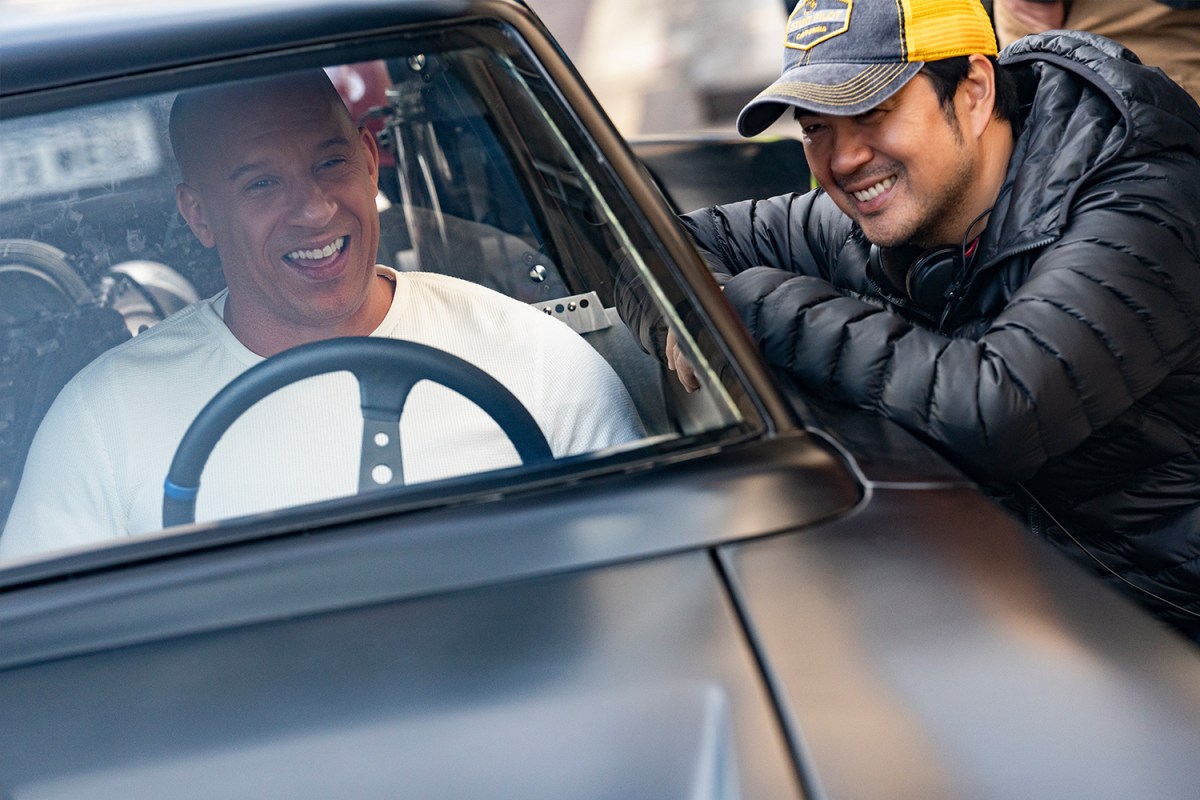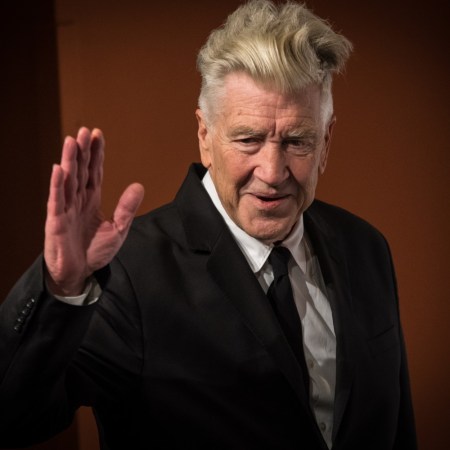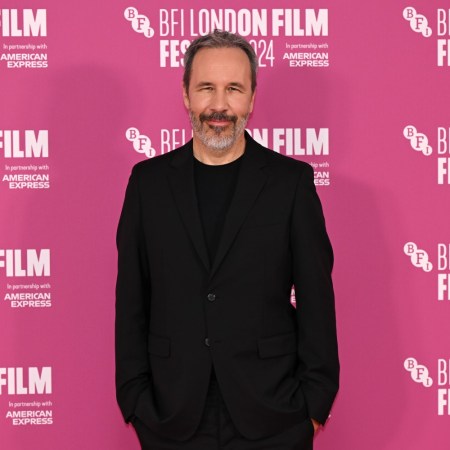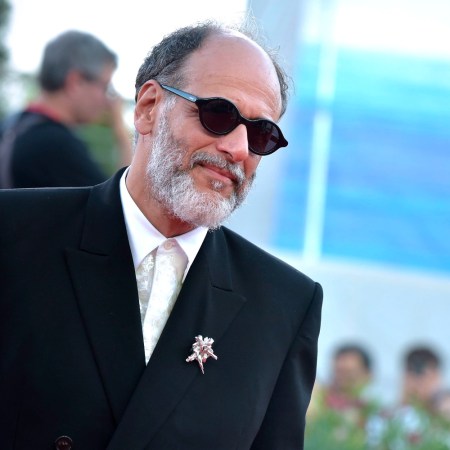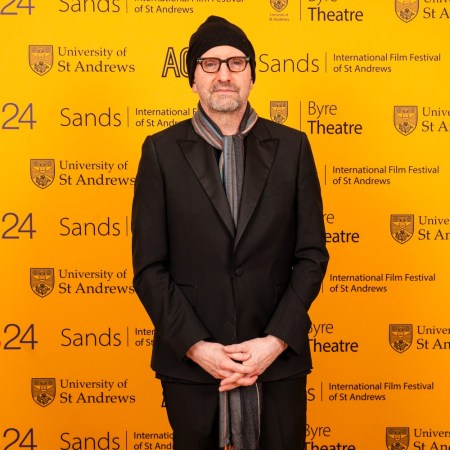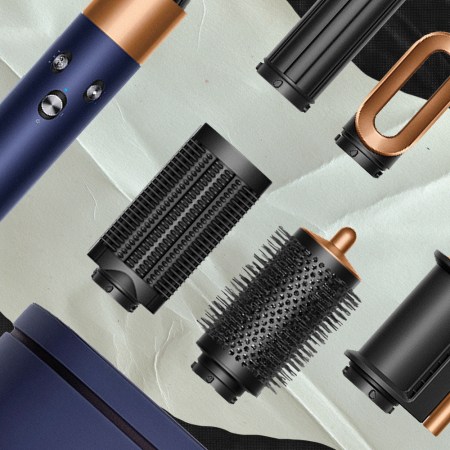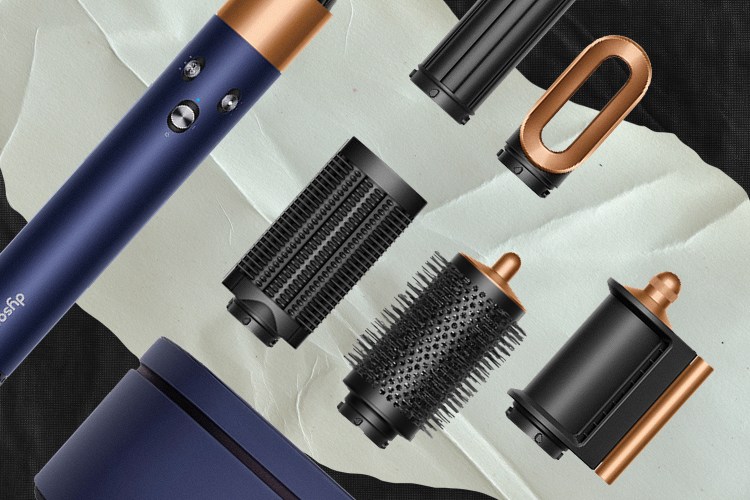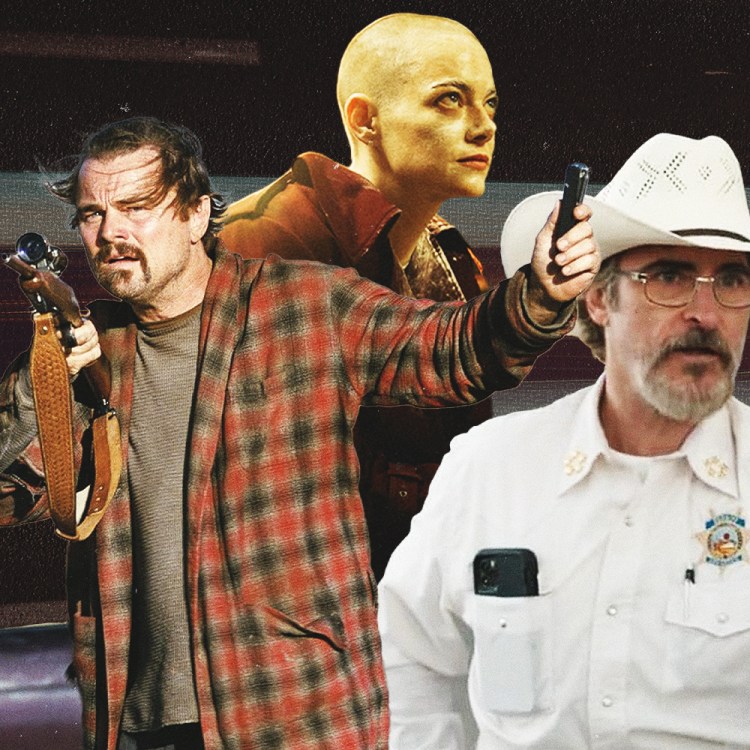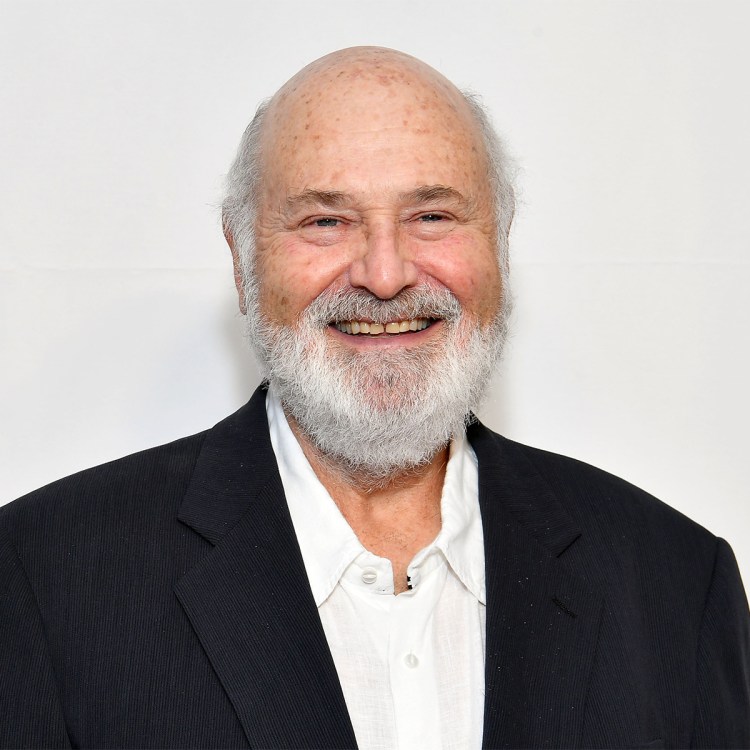When COVID-19 knocked the movie industry into a coma, studios sitting on multimillion-dollar properties faced only bad choices: delay releases, defy logic and open in a handful of theaters instead of thousands, or give up theatrical paydays for unknown and unreliable streaming revenue.
Universal tried streaming with Trolls World Tour, insisting to reporters that it was happy with the results. But it held back F9 for over a year, determined to open it on big screens no matter how long it took. It had to protect its most enduring blockbuster franchise.
The original Fast and Furious (2001), an unassuming B-movie about drag racing in East LA, starred Vin Diesel as a motorhead and Paul Walker as an undercover cop. Diesel dropped out of the next two sequels, set in Miami and Tokyo, respectively. By that point, Walker was gone, too. With the survival of the series in jeopardy, it was up to producer Neal H. Mortiz and director Justin Lin to put the pieces back together.
First Lin helped pull Diesel back into the fold with a cameo at the end of Tokyo Drift.
“When I was trying to get Vin to come back, we ended up talking about four hours by his pool about the connection between Dom [Toretto, Diesel’s role] and Letty [played by Michelle Rodriguez] and Han [Sung Kang],” Lin tells InsideHook via Zoom. “I felt very fortunate to direct Fast Four, where we were able to tell some of that story. That conversation led us from three to four to five to six.”
Lin worked on those three episodes with screenwriter Chris Morgan. They added characters, boosted the races, upgraded the action and took the plots international. Everything clicked with Fast Five, a lunatic adventure that pitted Diesel and his crew against Feds led by Dwayne Johnson, an international drug ring, and the entire Rio de Janeiro police force.
Fast Five lifted the series to a new level of blockbuster. It was now competing with Bond and Mission: Impossible, offering the same kind of big-budget spectacle, only with a distinctively diverse cast that included Tyrese Gibson, Ludacris and future Wonder Woman Gal Gadot. Foreign audiences in particular ate up storylines that flipped the traditional Hollywood good guy/bad guy paradigm on its head.
After Fast & Furious 6, the franchise began to splinter, in part due to Walker’s 2013 death in a car crash. Johnson and villain-turned-hero Jason Statham left to make the highly entertaining Hobbs & Shaw, a spinoff from the main storyline. After two official entries that found Diesel’s crew clambering after satellite spy software, the series was in danger of collapsing. Lin was once again tasked with rescuing the franchise, this time without Morgan.
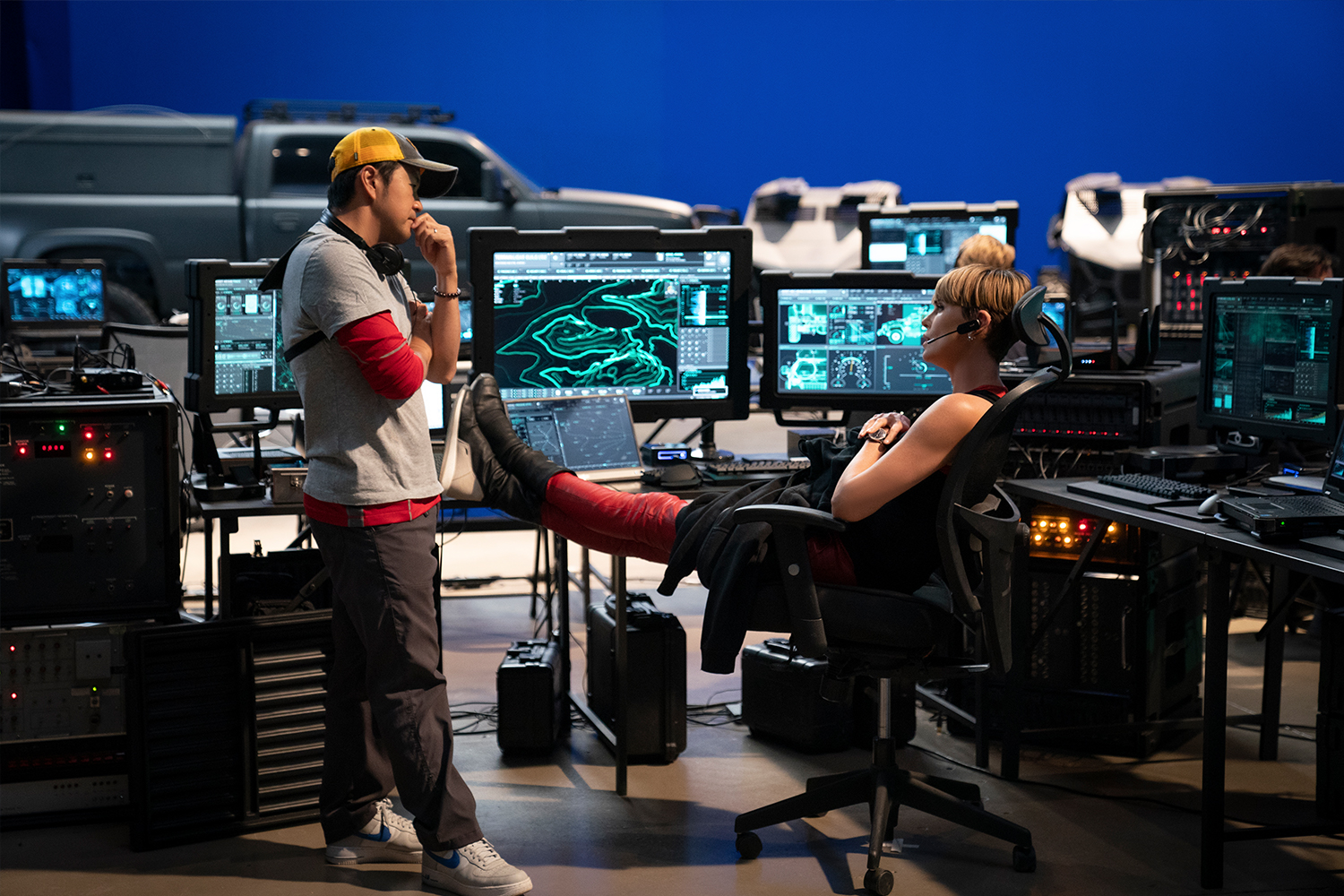
“When I left, I thought I was gone for good, I thought I did everything I wanted to do,” Lin admits. “The one thing that got me excited was to explore the theme of family. We’re 20 years into the story now, and to go back to the very beginning of this mythology and kind of solidify some of the stuff. That’s what I get to explore in this one.”
Lin came up with a premise that explored “family” by introducing Dom’s brother Jakob, played by Jon Cena. The director takes the franchise’s characters seriously, saying fans around the world come up to him to ask about Dom, Han and their other favorites.
“Every time one of these films come out, it’s almost like a family holiday,” he says. “The fans come in to see how everyone’s doing, and when it’s over they’ll see them again in a couple of years. We make a commitment to the characters — they’re growing, having kids. I think it’s something people relate to more than the action and other stuff.”
Lin jokes about how the “other stuff” has changed over the 15 years he’s been involved with the franchise.
“When I started, I didn’t know any better,” he points out. “I only had a credit-card movie [Better Luck Tomorrow]. I was making Tokyo Drift the way I thought you should make it, not according to a big-budget formula. On Fast 9, I would sit with Michelle and Vin and we would laugh and say it feels like we’re making the biggest indie movie in history.”
It’s an indie movie that had three production units running in Thailand, Tbilisi and Edinburgh. A huge slice of its budget went to action sequences. For those, Lin insisted as much as possible on practical, real-world stunts.
“The first step is about making sure that we capture it practically,” he says. “Even if it’s a crazy idea of a magnet sucking a red car through a building, we should figure out how to do that practically. In fact that stunt took almost eight months of meetings. I ruined three cars. But we were able to actually do that practically.”
Lin credits new technology with enabling the crew to attempt previously impossible stunts, like Cena running across Edinburgh rooftops.
“That sequence in Edinburgh was a lot of different pieces,” he explains. “I went on multiple scouts to try to tell that story, which is literally jumping from building to building. Certain shots were planned out a hundred percent, but for others we tried to get the feeling we were running with Jon up to a roof. It was a very different approach than the other big action sequences in the film.”
A lot is riding on F9. Not just the franchise, with its ancillary action models, TV cartoons and soundtracks, but theatergoing in general. A Quiet Place 2 performed surprisingly well when it opened theatrically, but movie chains need big, flamboyant, “tentpole” productions to draw crowds back in the wake of a pandemic. That’s one reason why Diesel recently appeared in the equivalent of an industry PSA, urging fans back into theaters.
Outside the US, Fast & Furious has such widespread appeal that it regularly earns more than twice as much as the domestic box-office. As the world reopened, Universal tested the waters by releasing F9 in Asian markets on May 25. The results were gratifying, despite bad reviews and political missteps that found Cena apologizing to China for referring to Taiwan as a “country.”
Will it work? Well, F9 certainly leans heavily on the series’ mainstays: car chases, hand-to-hand combat and massive explosions, only this time bigger and louder. Some reports say the budget topped $200 million. (So far it’s earned over $262 million in foreign markets.)
“We’re not out of the pandemic yet,” Lin points out. “I’m constantly having conversations checking about how the pandemic is hitting different parts of the world. We’ve taken a unique strategy, nobody else is doing it this way. So we’re kind of learning on the fly. One thing I appreciate is that if something is happening, nobody feels like it’s safe enough, we shut down very quickly, like in Taiwan.”
At least two more Fast & Furious productions are planned, with an all-female entry still in the rumor stage.
“As a kid growing up in the ‘80s, to be able to go to a theater and discover something meant a lot to me,” Lin said. “I took it for granted. But I realized this last year-and-a-half that I’m never taking going to a movie for granted again.”
This article appeared in an InsideHook newsletter. Sign up for free to get more on travel, wellness, style, drinking, and culture.
